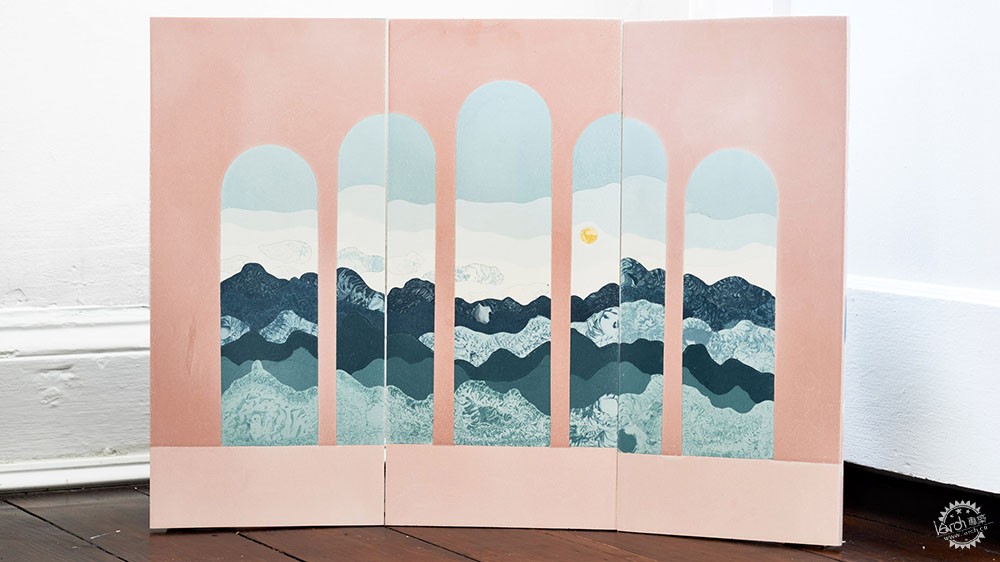
描绘奇异大地与海洋的工艺品
Ragna Ragnarsdottir creates objects depicting strange landscapes and oceans
由专筑网王帅,吴静雅编译
冰岛设计师Ragna Ragnarsdottir使用一系列如丙烯酸树脂,硅树脂和乳胶等合成材料来完成她的设计。
在斯德哥尔摩举行的Formex室内设计博览会上,Ragnarsdottir被评为北欧年度最佳设计师,他的作品介于家居配件和雕塑之间。
Icelandic designer Ragna Ragnarsdottir uses synthetic materials such as acrylic resin, silicone and latex to create her range of design objects.
Ragnarsdottir, who was named Nordic Designer of the Year at the Formex interior design fair in Stockholm, creates objects that sit between home accessories and sculptures.
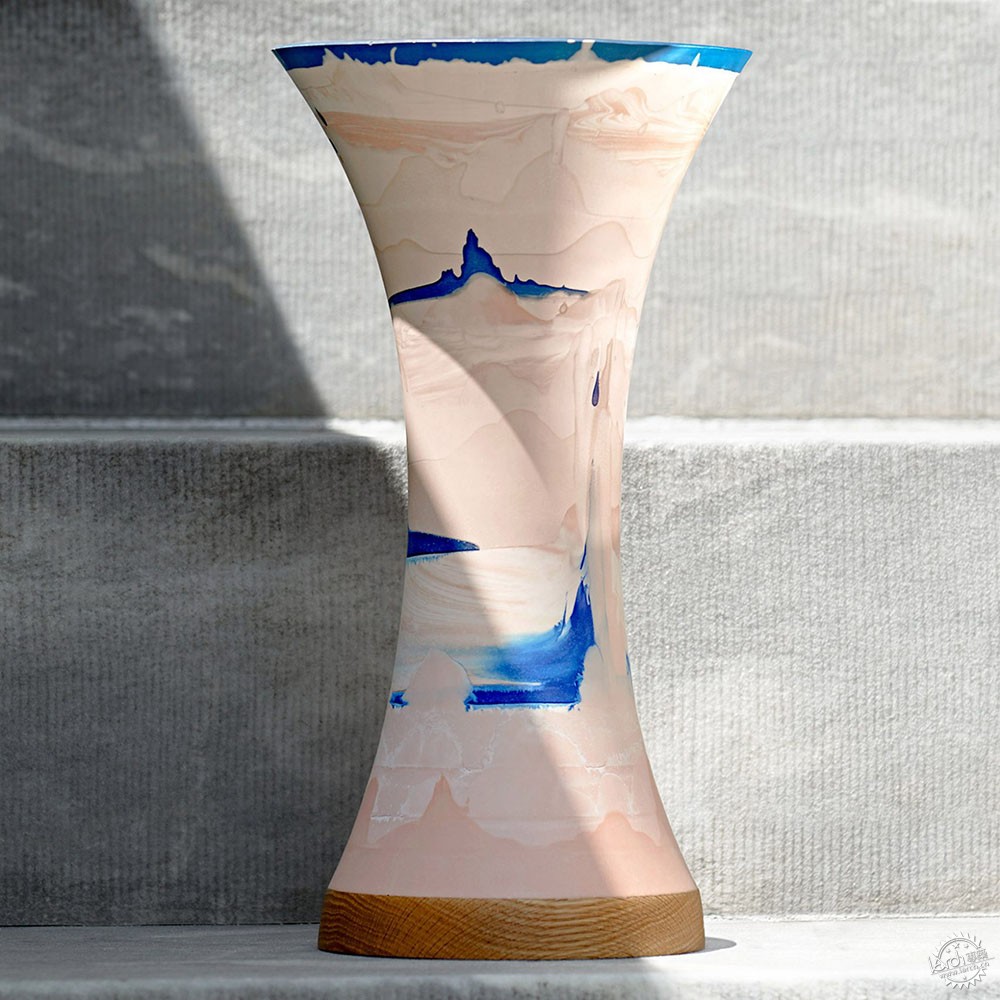
与典型的极简主义斯堪的纳维亚美学背道而驰,陶瓷类物体类似于旋转体,其颜色鲜活,生动有趣,外表富有想象力。表面上似乎描绘着奇怪的风景和海洋。
北欧年度设计师奖评审团专家一致称赞这些作品:“它们有一种神秘的感觉,不禁让人想到冰岛的传说和国家的独特自然。”
他们说:“与此同时,它们还带有一丝中国美学的痕迹。”
A departure from the typical minimalist Scandinavian aesthetic, the ceramic-like objects feature a mix of swirling, vibrant colours and playful, imaginative forms. They appear to depict strange landscapes and oceans.
The jury for the Nordic Designer of the Year prize described them as having "a mystic feeling about them that makes one think of Icelandic sagas and to the unique nature of the country".
"At the same time, they carry traces of Chinese aesthetics," they said.
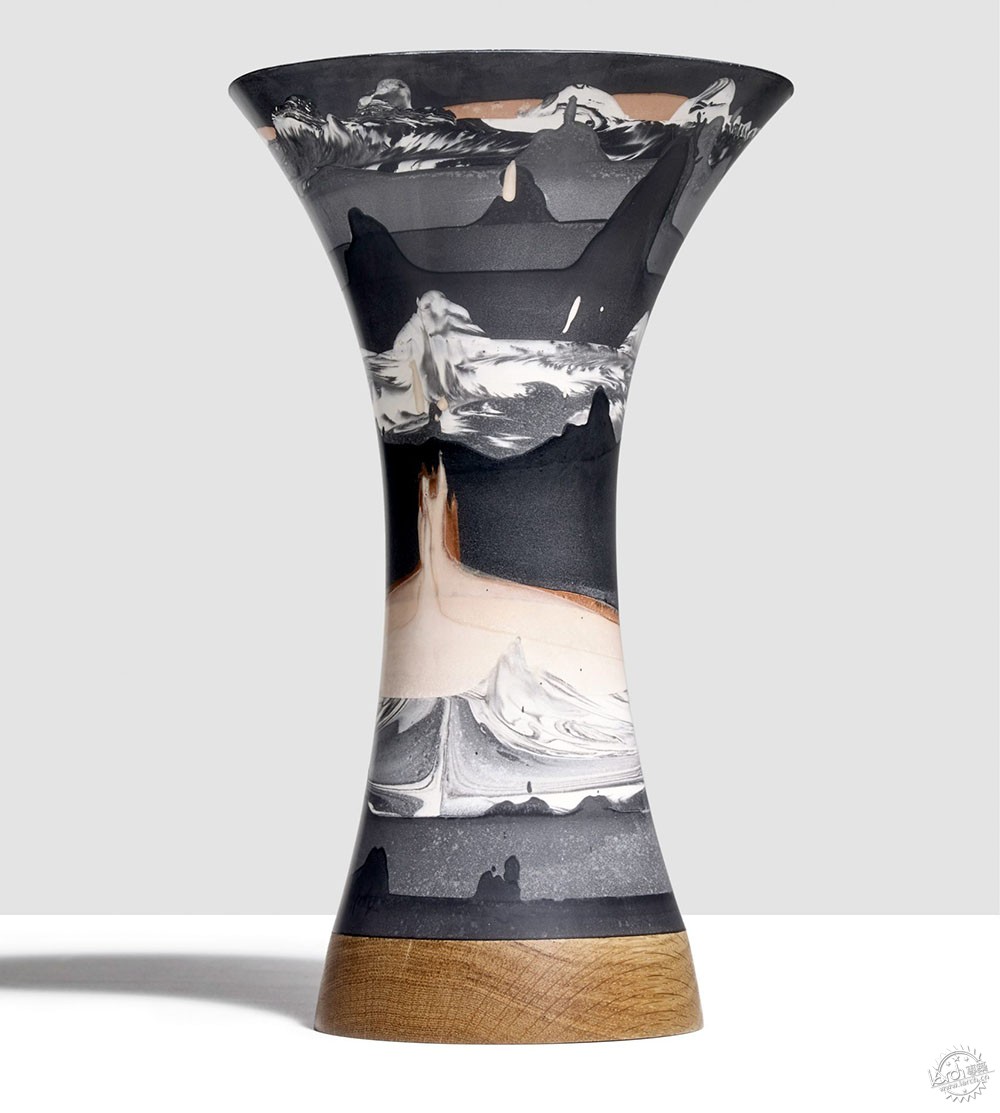
Ragnarsdottir在Formex室内设计博览会上展示了她的一系列作品,包括精致的“大地与海洋”花瓶(Ground and Coral vases),条纹球形烛台,色彩斑斓的屏风(Barrier Screen)和生机勃勃的赫斯克桌子(Husk Table)。
这位设计师告诉Dezeen的记者,她认为自己处于设计、艺术、工艺和生产之间的交汇点。她正在积极探索新的创意和创新的材料混合方法。
Ragnarsdottir presented a range of objects at Formex, including the delicate Ground and Coral vases, the striped Globule candleholders, the pastel-hued Barrier Screen and the vibrant Husk Table.
The designer told Dezeen she considers herself at the intersection between design, art, craftsmanship and production. She actively explores new creative processes and innovative ways to mix materials.
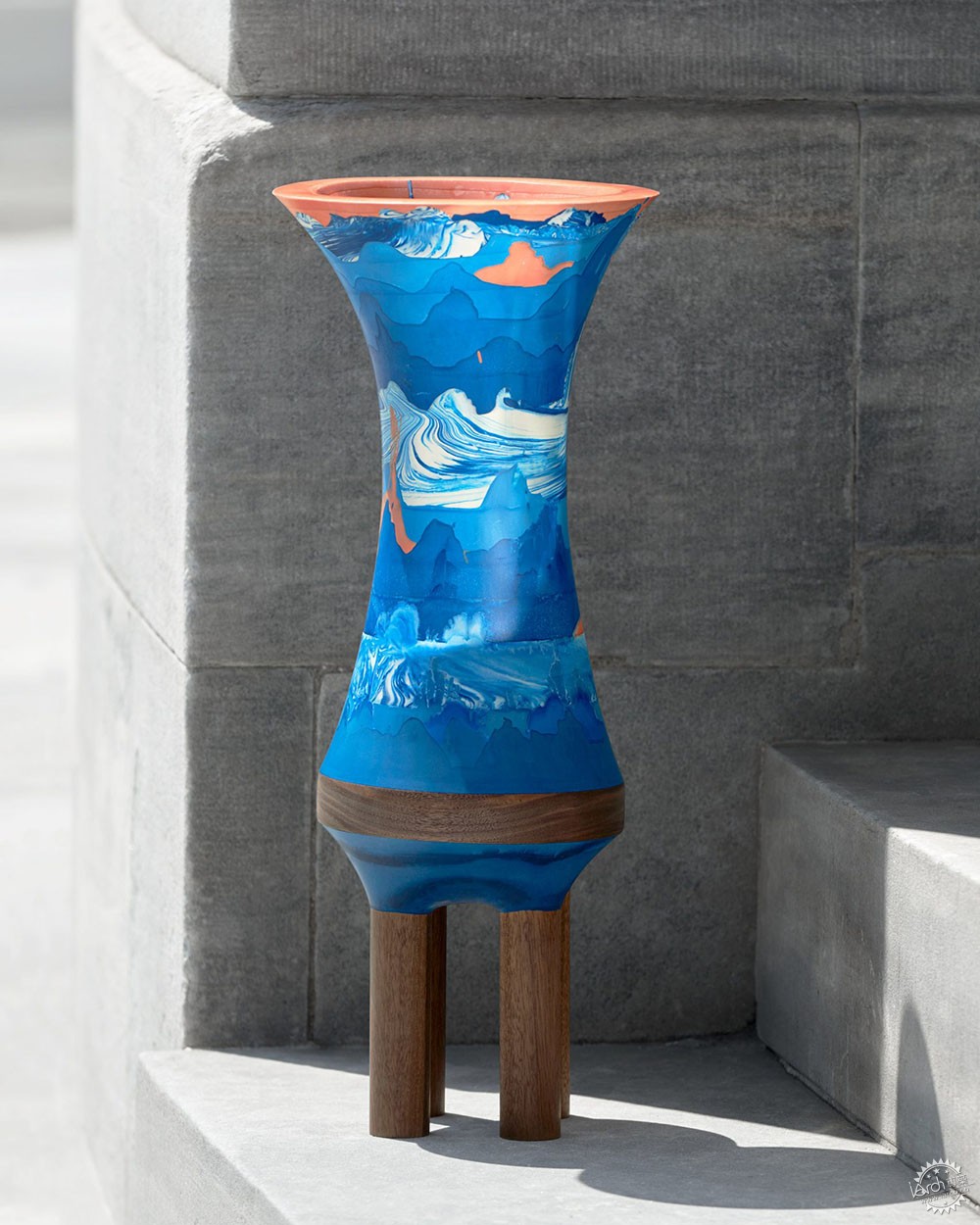
设计师旨在鼓励让用户与产品之间产生互动。她说:“当人们看到我的作品时,他们往往会对它们的制作方式感兴趣,他们不精通材料、质感和颜色。”
设计师补充说:“很多人把我作品的制作材料搞错了,事实上并不是他们认为的材料,我使用的材料为丙烯酸树脂,它是由两种材料混合后在空气中固化形成的。”
Her aim is to encourage interactivity between the product and the user. "When people see my objects they often become interested in how they are made," she said. "The material, texture and colours are unfamiliar to them."
"Many mistake the material that I am using for ceramics but it isn’t," the designer added. "The material is acrylic-based resin. It’s a two-factor material that dries with air."
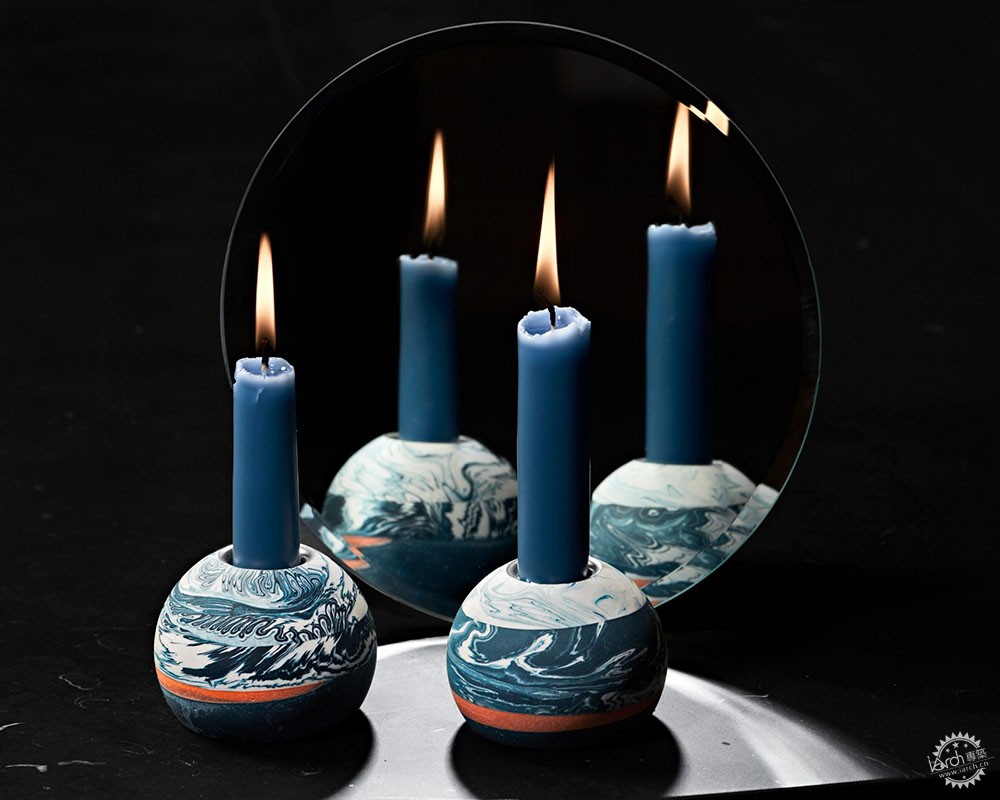
这种材料不需要高温烧制和其它机械制造,它只需要15分钟就可以完成凝固。Ragnarsdottir使用硅片或乳胶做成铸模,然后使用砂型进行铸造。
她说,乳白色的材料为着色提供了很好的基础。
Ragnarsdottir解释说:“颜色是我工作的重要部分,我以特定的方式对材料进行着色和分层,以进行图形化设计。从某种程度上讲,我在绘制物体的同时也在构建它们。”
The material she uses requires no kiln or other machinery, as it sets in just 15 minutes. Ragnarsdottir casts the pieces in silicon or latex moulds, then sands and carves them.
The milky white shade of the material makes a great base for colouring, she said.
"Colours are a big part of my work," Ragnarsdottir explained. "I colour and layer the material in specific ways to make a graphical design. In a way, I am painting the objects as I’m building them."
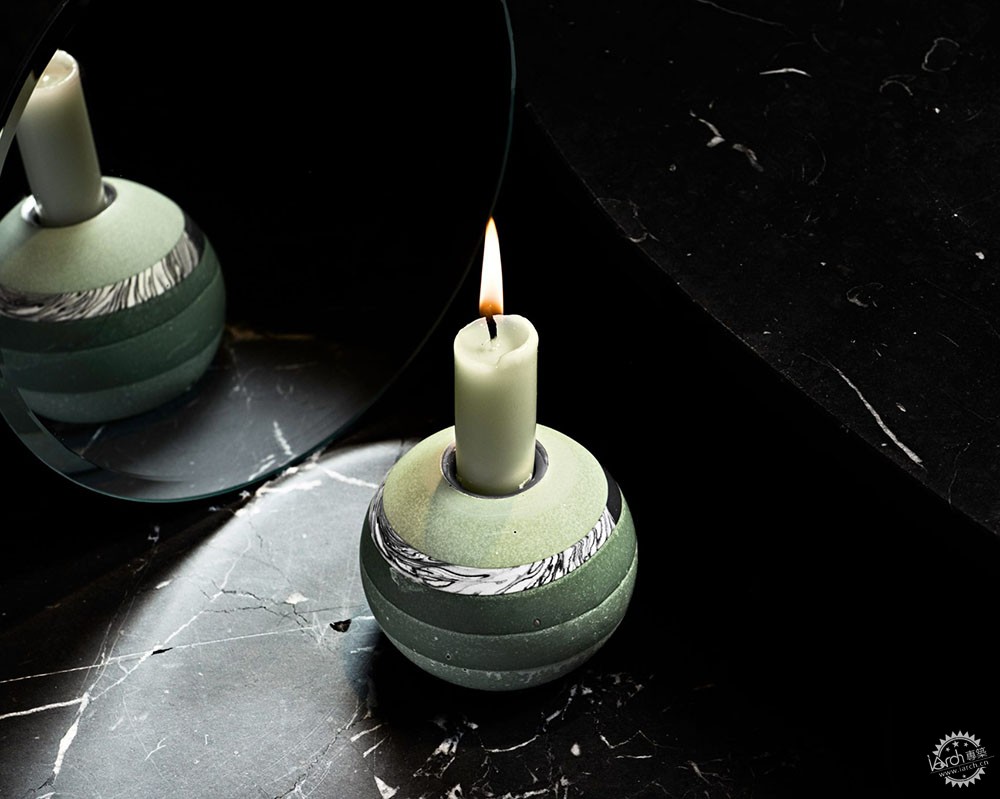
独特的表面图形主导着设计师的工作,该技术始于几年前,当时Ragnarsdottir在探索如何以不同的形式使用与操控乳胶。
她说:“在一开始,我把它们放在座子上,试图找出一些有趣的形状。因此,我制作了木框,这样就可以把乳胶牢固地固定在桌子上。用以铸造物体。”
The unique graphical language of landscapes is dominant throughout the designer's work. The technique started a few years ago, when Ragnarsdottir was playing around with latex, exploring how she could manipulate it in various shapes.
"In the beginning I was attaching it to tables, trying to find interesting shapes. From that, I made wooden frames so I could attach the latex in a solid position for casting objects," she said.
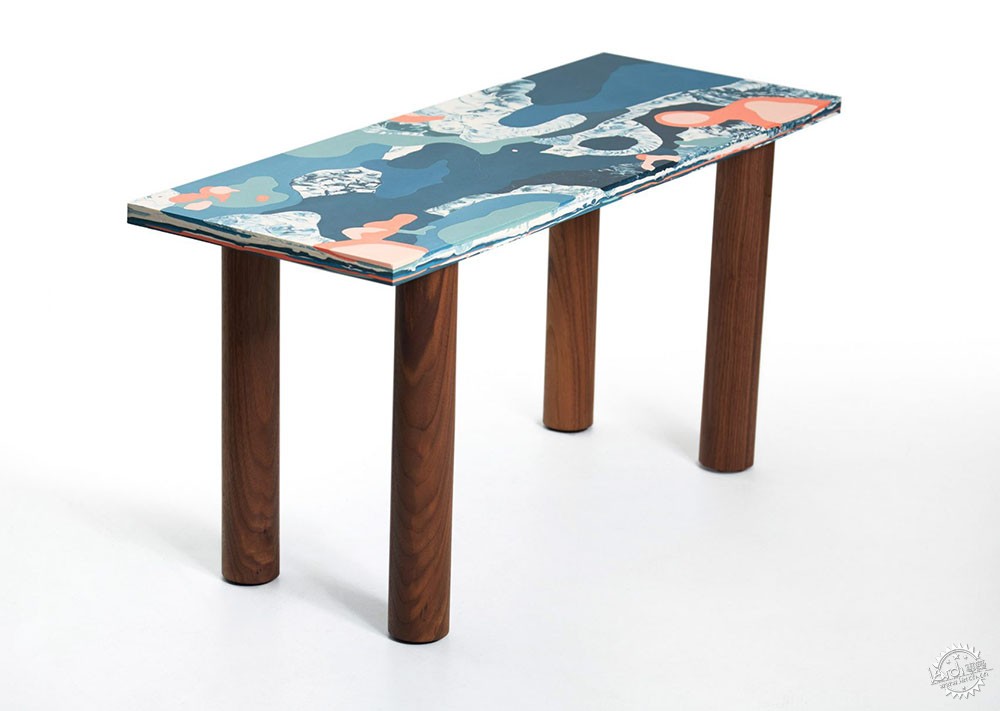
设计师计划进一步开发这项技术。
她说:“当我开始一个项目时,我不必要遵循一些逻辑或理性的东西,更多情况下是对现有领域的探索。我喜欢将材料混合在一起使用,而不局限于现有的行业或工艺。我着力于控制生产我能想到的一切。”
The designer plans to continue to experiment with the technique going forward.
"When I start a project, I don’t necessarily search for something that is logistical or rational, it’s more of an exploration into an existing area," she said. "I love working with mixed materials without limiting myself to an existing industry or craft, but taking control in producing whatever I can think of and what the material allows me to do."
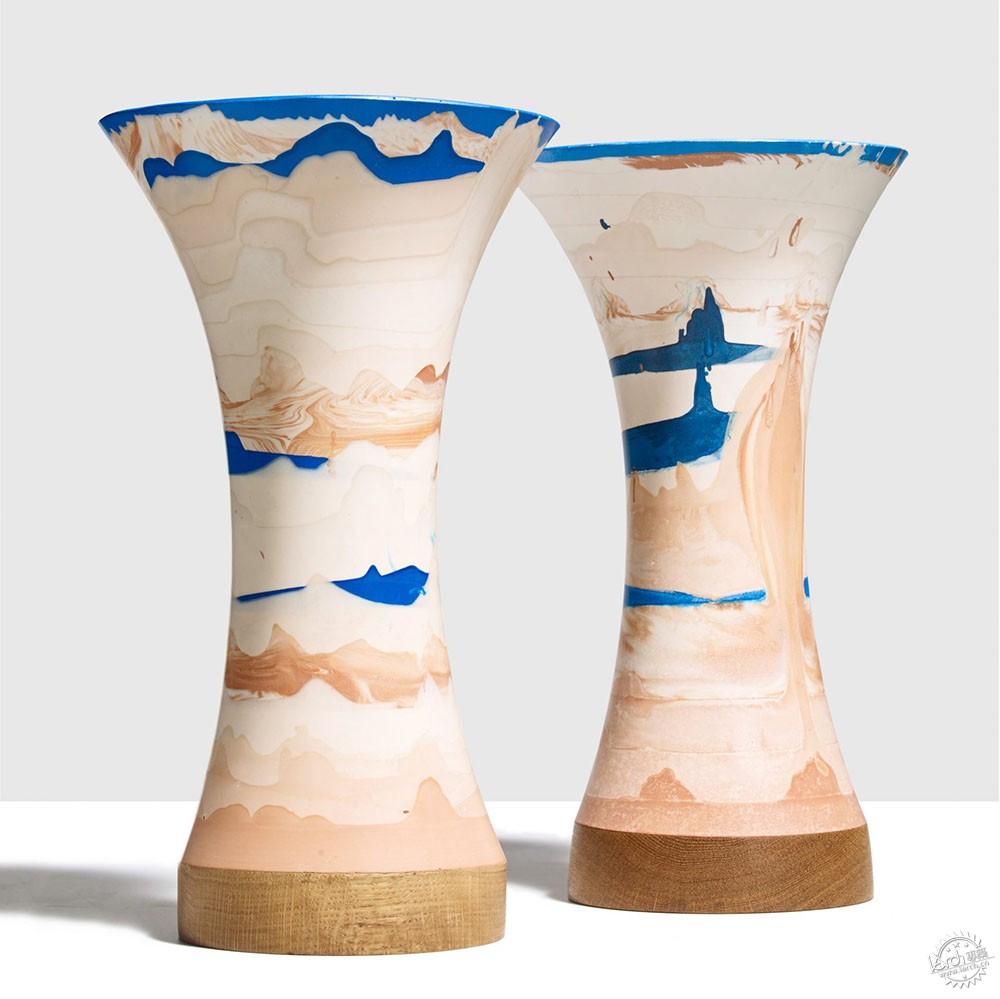
北欧设计师年度Formex Nova奖每年会颁发给北欧室内设计行业的相对不知名设计师,以表彰其作品设计的品质创新。
该奖项属于2018年8月21日至24日举行的Formex设计博览会的一部分。
同样,在2月份的斯德哥尔摩设计周上,设计师Jenny Nordberg尝试了一种制作镜子的技术,他将液态银的化学溶液倒在一片玻璃上,最终完成其作品。
The Formex Nova award for Nordic Designer of the Year is awarded annually to a relatively unknown designer working in the Nordic interior design industry, judged to have produced high-quality and innovative design.
The award formed part of the Formex Design Fair, which was held from 21 to 24 August 2018.
Similarly, at Stockholm Design Week back in February, designer Jenny Nordberg experimented with a longstanding technique for making mirrors, by pouring a chemical solution of liquid silver onto a sheet of glass and allowing it to develop.
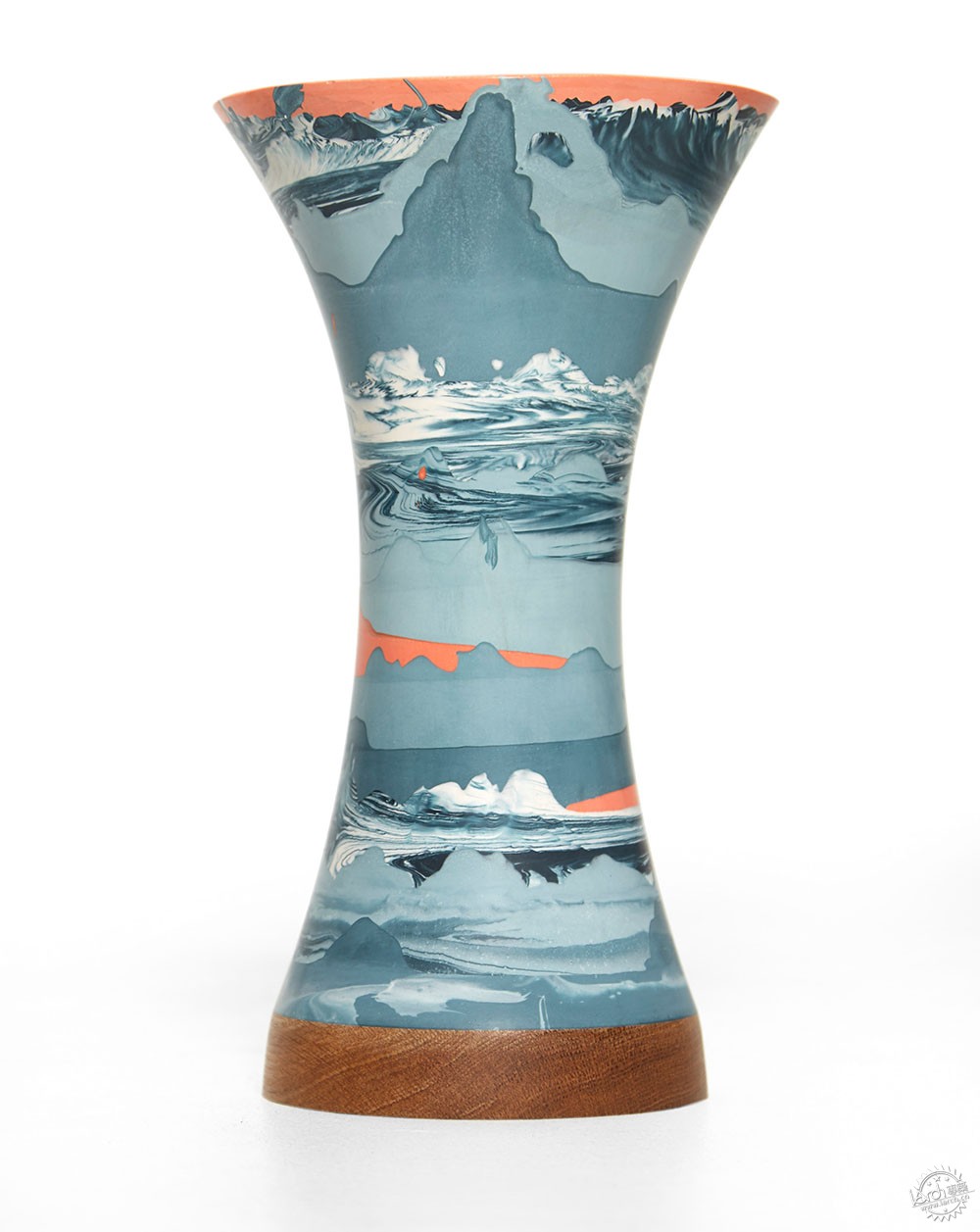
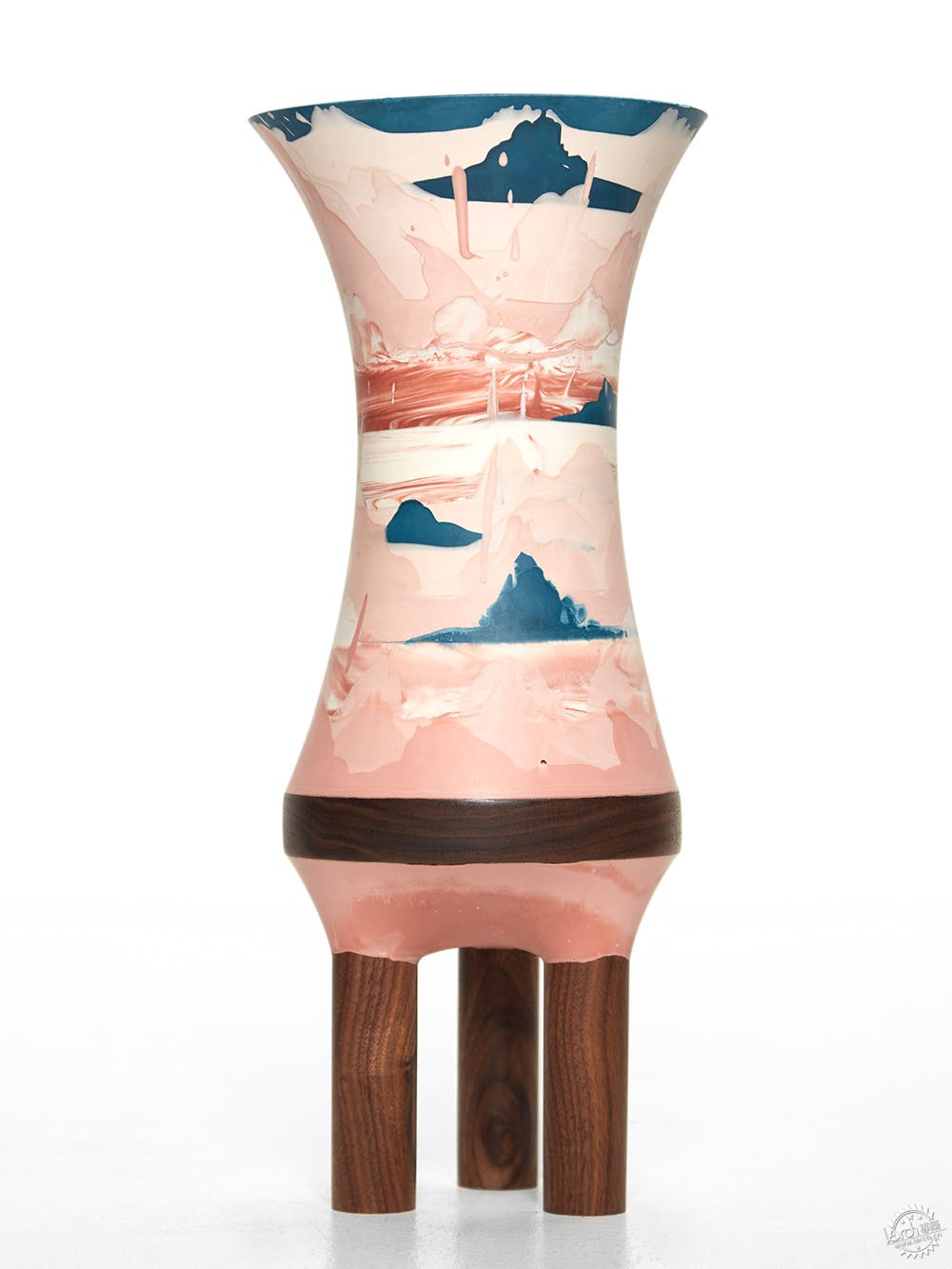
|
|
